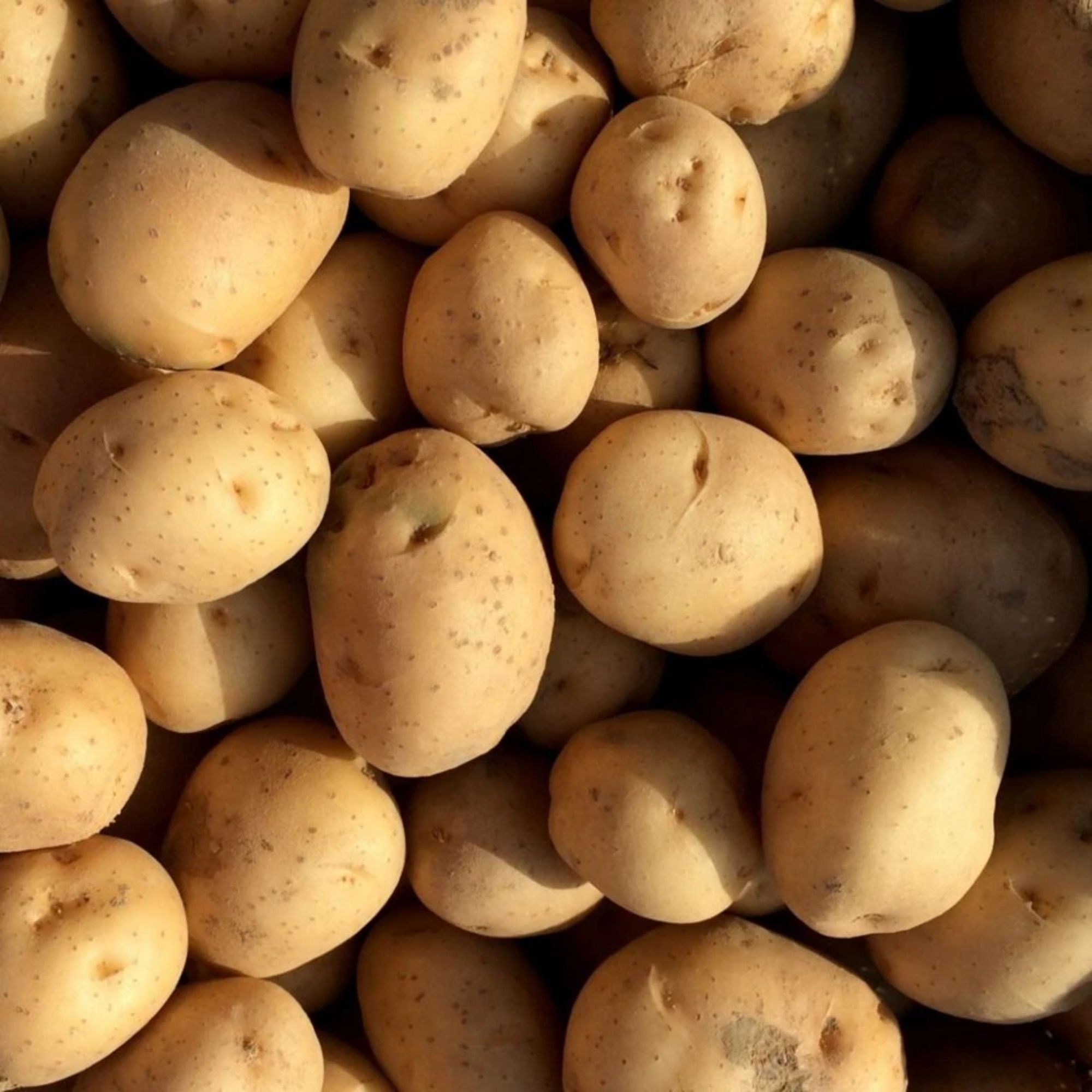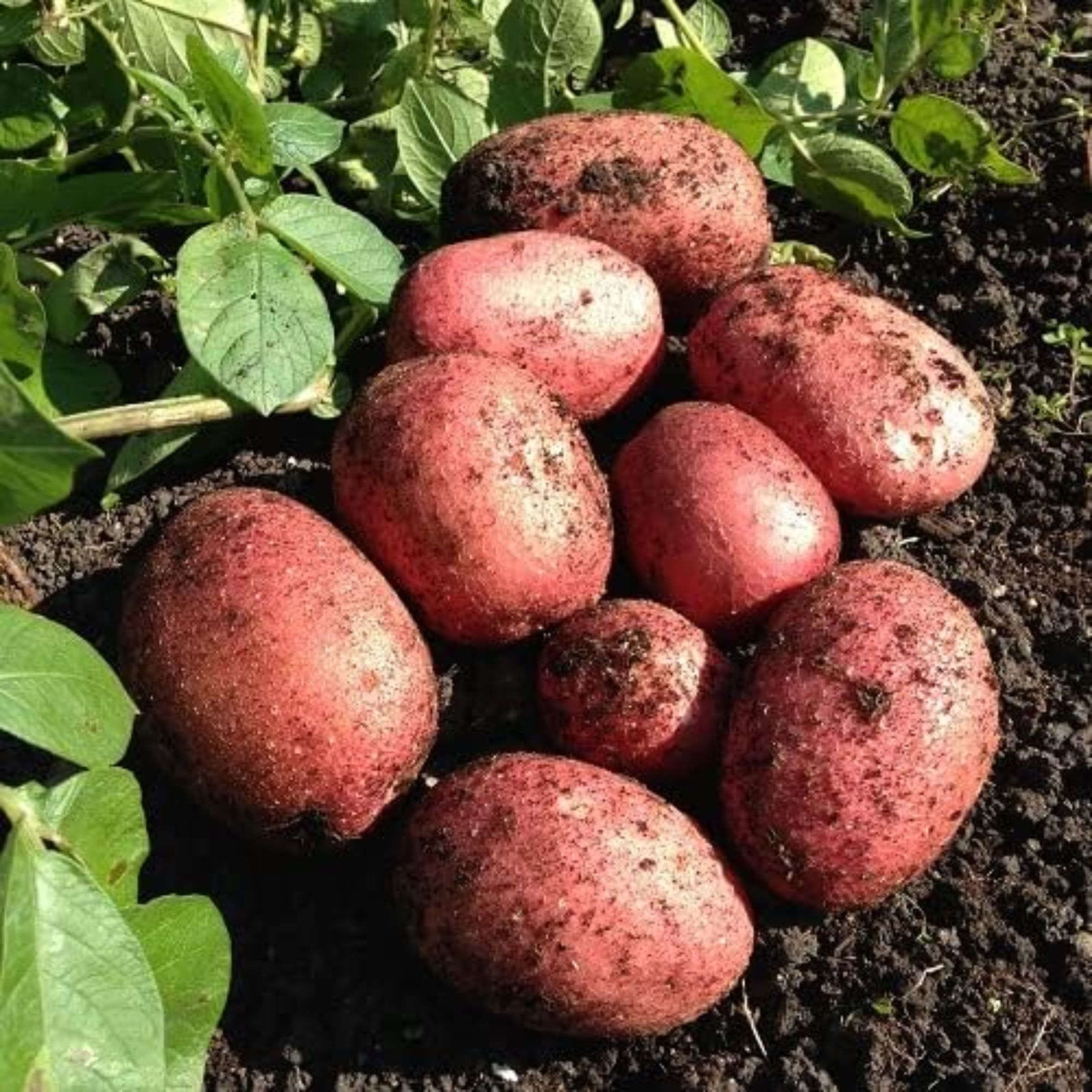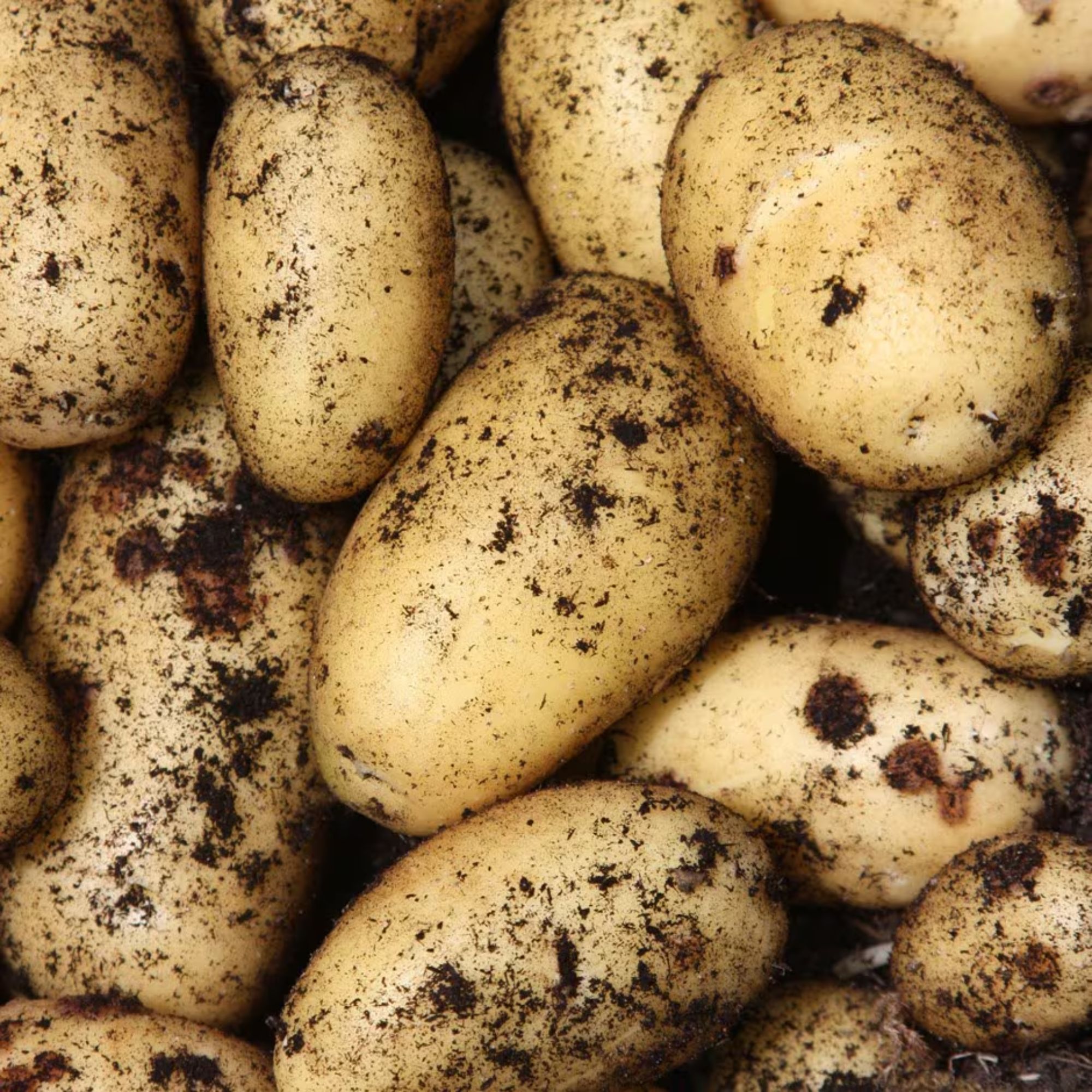When to harvest potatoes – an expert guide to perfect potatoes every time
Growing your own potatoes? Here’s when they'll be ready…
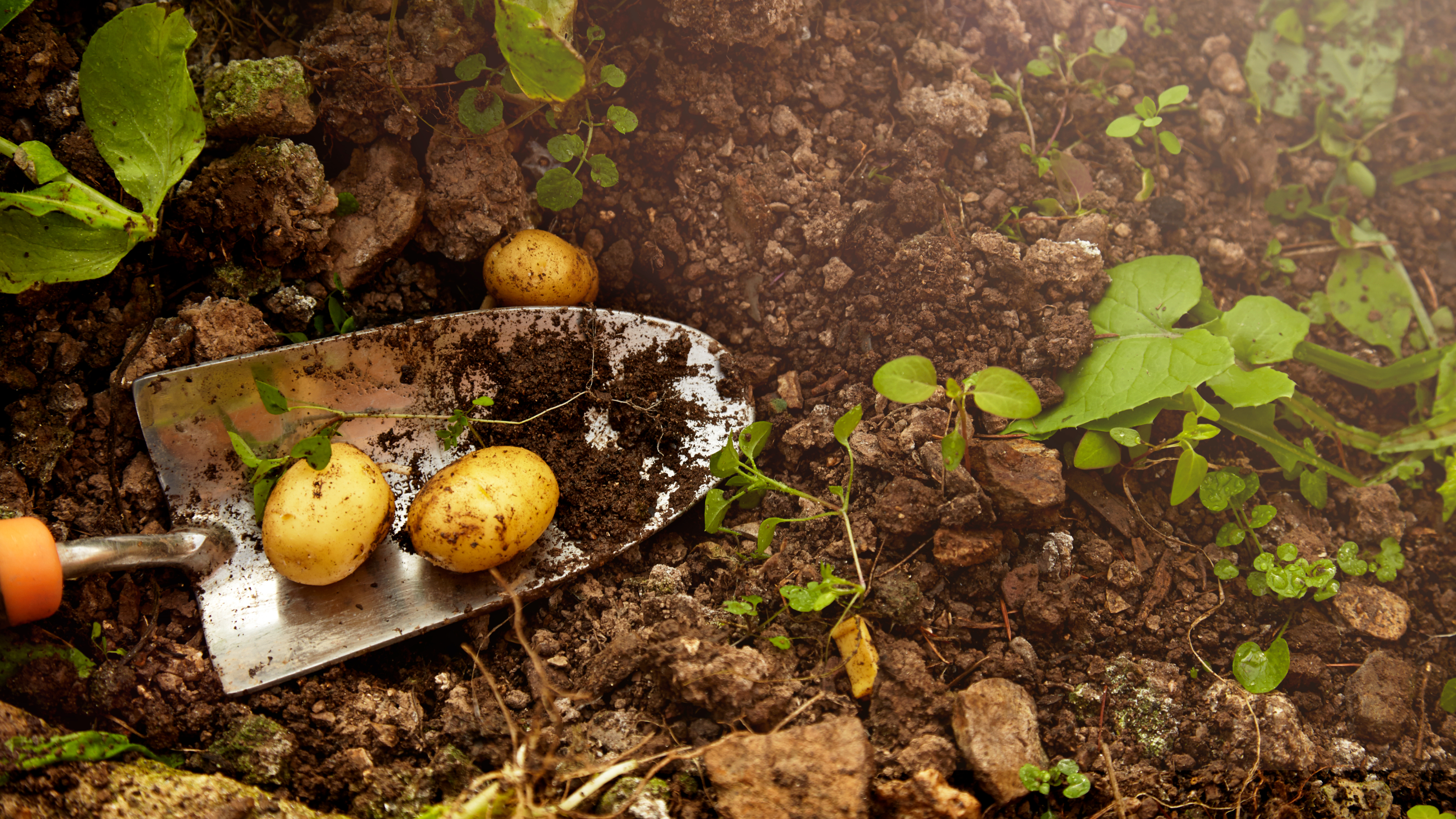

‘Every single diet I ever fell off of was because of potatoes and gravy of some sort,’ quips the iconic Dolly Parton – so when to harvest potatoes for a tatty that’s truly worth being tempted by?
It should go without saying, of course, that every gardener (no matter their skill level) should learn how to grow potatoes; they are, after all, one of the easiest vegetables to grow. And that's even if you're working with a small vegetable garden, as they can be grown in space-saving potato bags.
Still, there's no point planting a crop of potatoes if you're just going to dig them up too early. There's an art to growing a delicious poh-tay-toe, after all, and it's all in the timing.
When to harvest potatoes
How long does it take to grow potatoes? Well, the perfect harvest time depends on the variety of potatoes you are growing, so it's important to work out whether you're working with first and second early potatoes, or main crop potatoes.
Once that's done, then it's all a question of perspective. 'It can be difficult to judge when to harvest, as the crop isn’t visible. So before you dig up your first plant, gently scoop away some of the soil to check on the size of the tubers,' add experts at the Royal Horticultural Society (RHS).
'Cover them again if you decide they’re not yet big enough.'
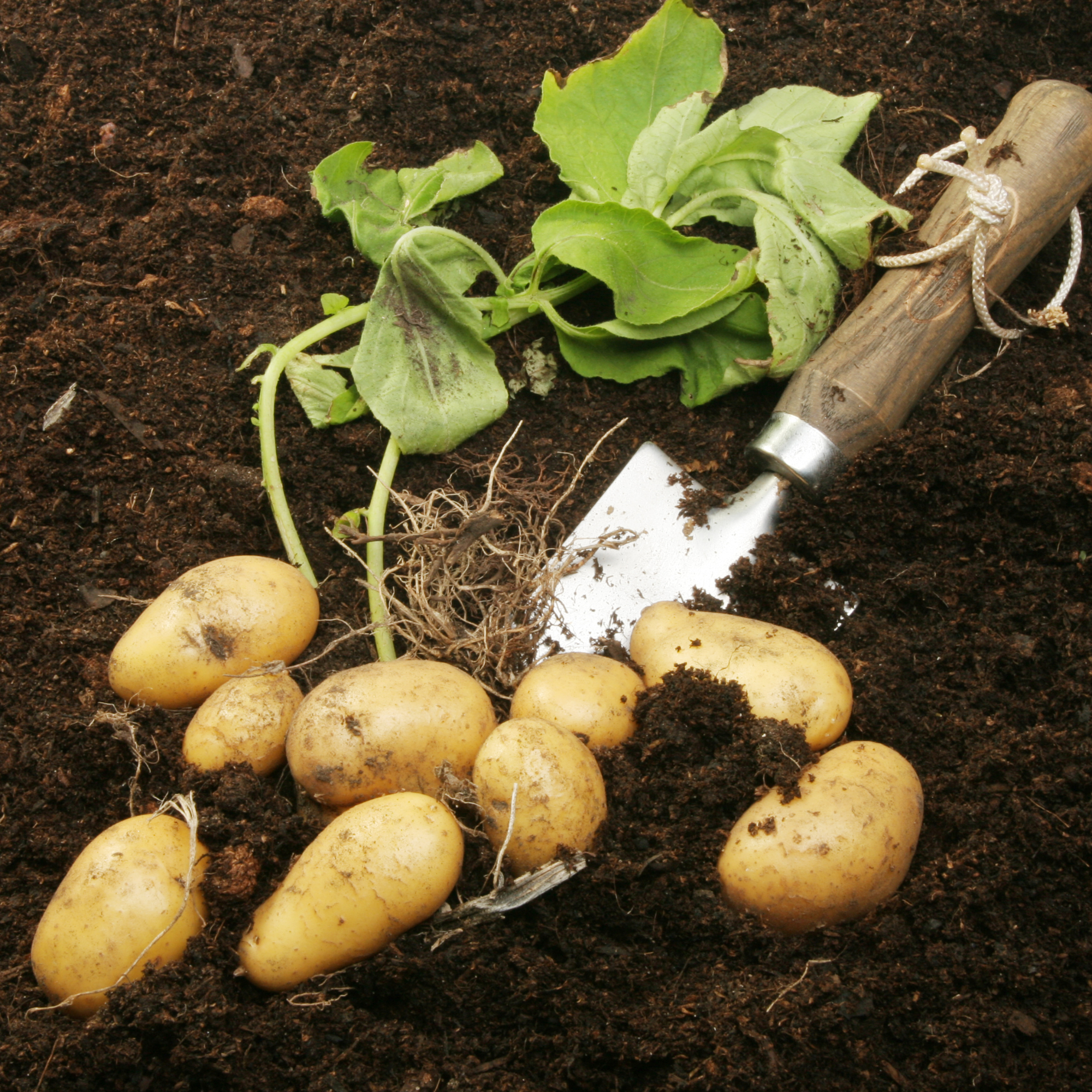
As a general rule of thumb, then...
Sign up to our newsletter for style inspiration, real homes, project and garden advice and shopping know-how
1. First early potatoes
If you're working with first earlies and aren't sure when to harvest your potatoes, Christopher O'Donoghue of Gardens Revived says they will usually be ready about 10-12 weeks after planting. Learning how to chit seed potatoes could give them a headstart.
'Usually sown in March or April, most people begin harvesting their first early potatoes between June and July,' he explains.
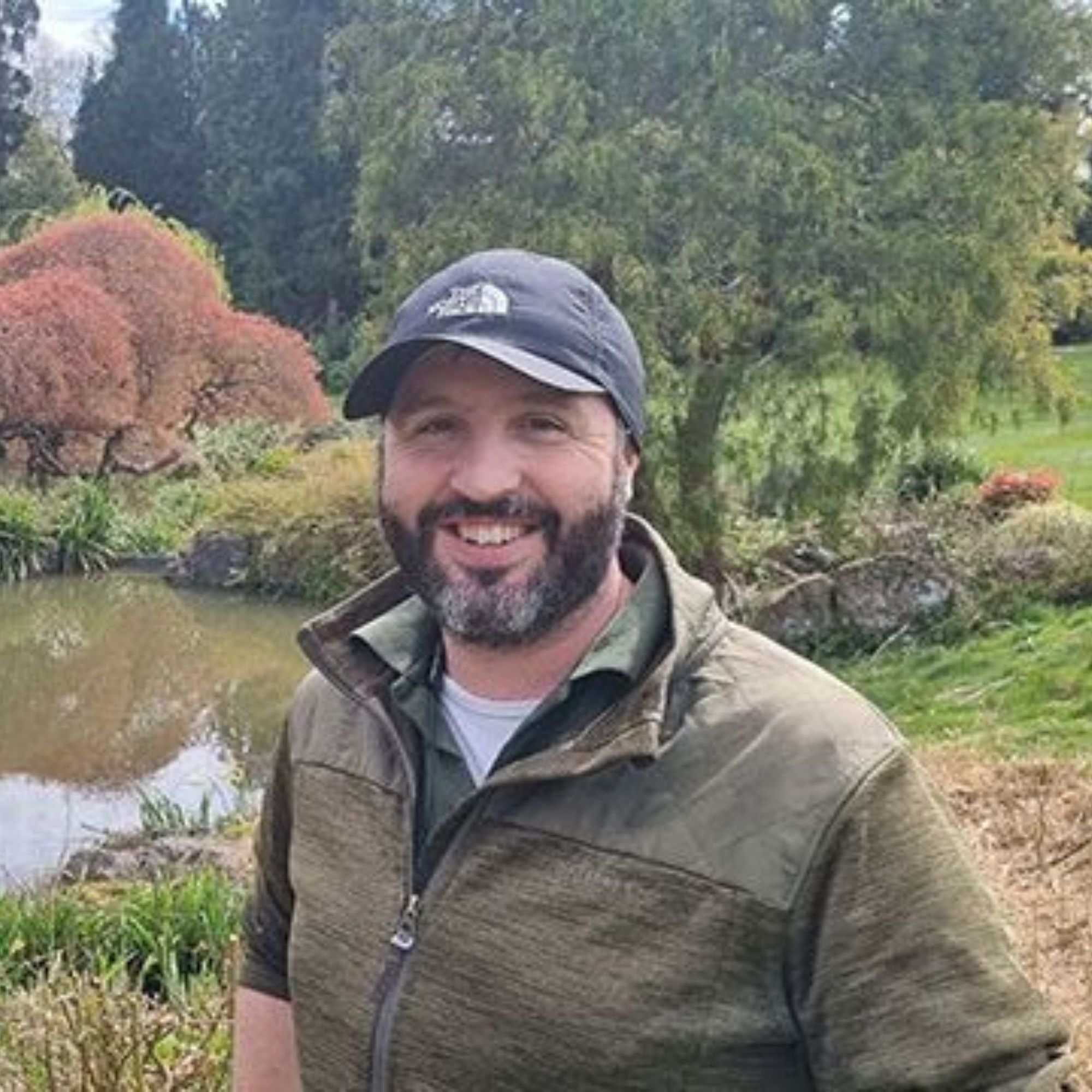
An RHS-trained gardener with almost two decades of experience under his belt, Christopher set up Gardens Revived with his brother, Andrew, in 2018 to create a thriving family business. Together, they have worked on residential gardens, listed buildings and gardens, flower shows and large estates with some exceeding 70 acres – many with historical significance.
If you're the kind of person who prefers to work with a visual aid, Christopher adds that you'll know when to harvest potatoes of the first early variety by looking out for potato flowers.
'When the flowers appear or buds drop, and the leaves start yellowing, it's time to get digging,' he says.
Monty Don, meanwhile, prefers to use a very important date in his calendar to help him suss out when to harvest potatoes; his birthday!
A post shared by Monty Don (@themontydon)
A photo posted by on
'One of my yearly rituals is to dig first early potatoes on July 8th, my birthday,' he writes on Montydon.com.
'The harvest varies hugely depending on when I planted them and the subsequent weather, but tradition demands I lift enough for a celebratory meal.'
2. Second early potatoes
When it comes to second early potatoes, which are typically planted in April, you'll want to wait a mite longer before you start harvesting the fruits/tatties of your labour.
'These potatoes take 13-16 weeks to mature, so they will typically be ready around July to August,' says Christopher, who notes that the tubers should be roughly the size of chickens' eggs.
3. Maincrop potatoes
Maincrop varieties will need to be in the ground for longer than your first and second earlies, which means you won't be harvesting until late summer or early autumn.
'Planted in April, these take longer to mature, about 20 weeks, and are usually harvested between August and September,' says Christopher, who adds that, if you're planning on storing your tatties, you'll need to wait until the foliage dies down completely.
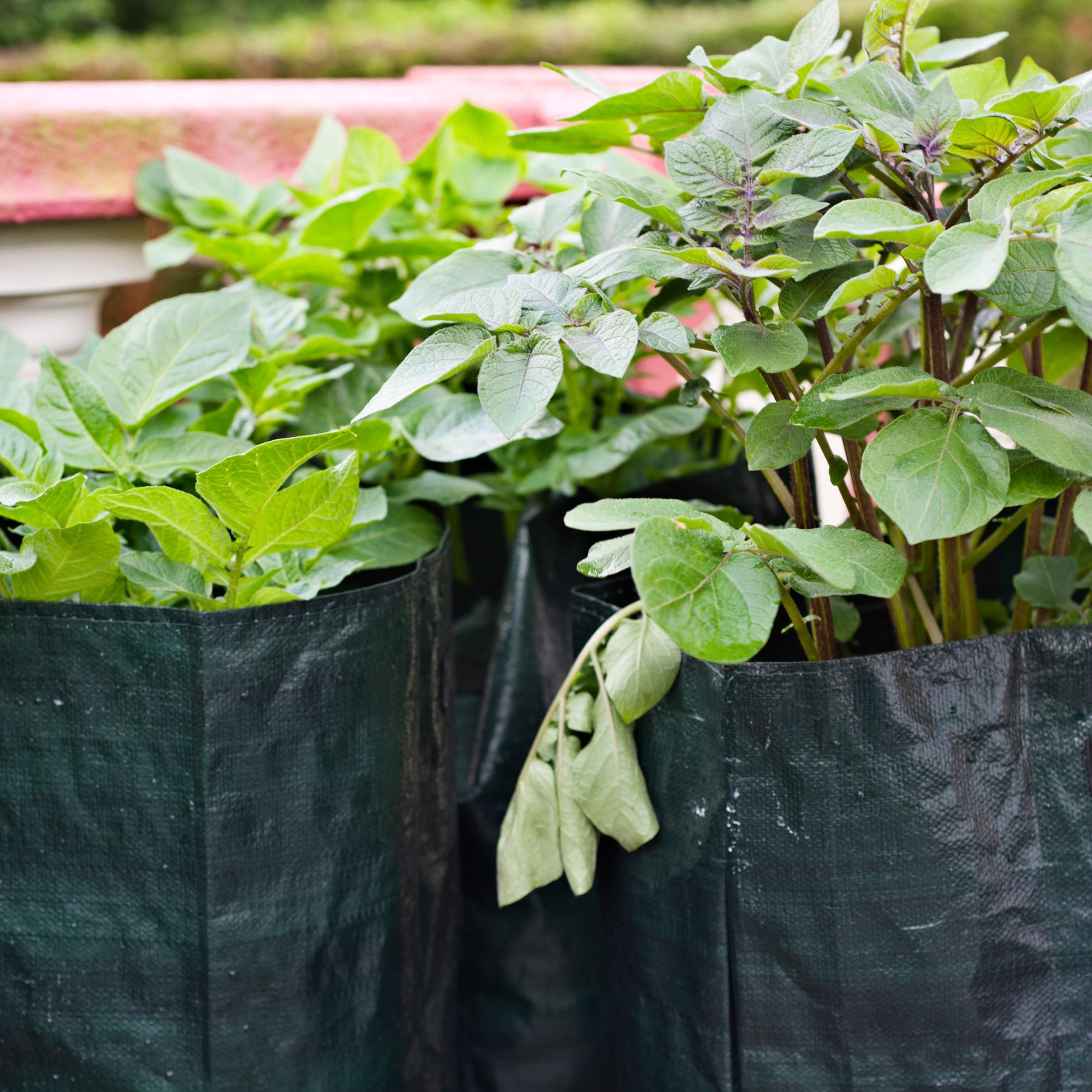
While your patience will likely be rewarded with a larger crop of potatoes than you'd ever get with first or second earlies, Monty Don issues a word of warning to anyone hoping to get a successful tatty harvest from maincrop varieties.
'I now only grow first earlies because the risk of blight is so great. Potato blight is a fungal disease that rots first the haulms and then, as it is washed into the soil by rain, the tubers making them unstorable if not inedible,' he says.
'The fungi develop very fast when the temperature is high and the air humid for 23 hours and these conditions are becoming increasingly common in July.'
FAQs
How do you know when potatoes are ready to dig up?
It's difficult to know when to harvest potatoes, as the vegetable is hidden underground, making it hard to know when they're ready to dig up.
Typically, you should wait until the flowers open on first and second earlies (and the tubers are the size of chickens' eggs). For maincrop varieties, you can start removing them from the ground around 20 weeks after planting – although you can leave them underground until you need them, as it gives them a chance to grow bigger.
Can you leave potatoes in the ground too long?
While you can leave potatoes in the ground as an lazy approach to storing them, you can leave them in too long. However, this should not be done if it rains a lot or if the dirt drains poorly (it increases the risk of rot or sprouting), or if your garden is plagued by slugs.
How to get rid of blight on potatoes?
If your potatoes have fallen foul of potato blight, there's still hope!
'Remove all foliage and compost it (the fungi do not survive the composting process) and make sure that there is a good soil covering over the tubers. Then wait for a dry day and harvest the crop,' suggest Monty Don via his popular gardening blog.
'First and second early varieties are much less likely to be affected because they mature faster and are ready for harvesting earlier in the season.'
Now that you know when to harvest potatoes, you can start plotting which recipes you'll be using them in over the colder autumn and winter months. Dauphinoise, anyone?

Kayleigh Dray became Ideal Home’s Acting Content Editor in the spring of 2023, and is very excited to get to work. She joins the team after a decade-long career working as a journalist and editor across a number of leading lifestyle brands, both in-house and as a freelancer.
